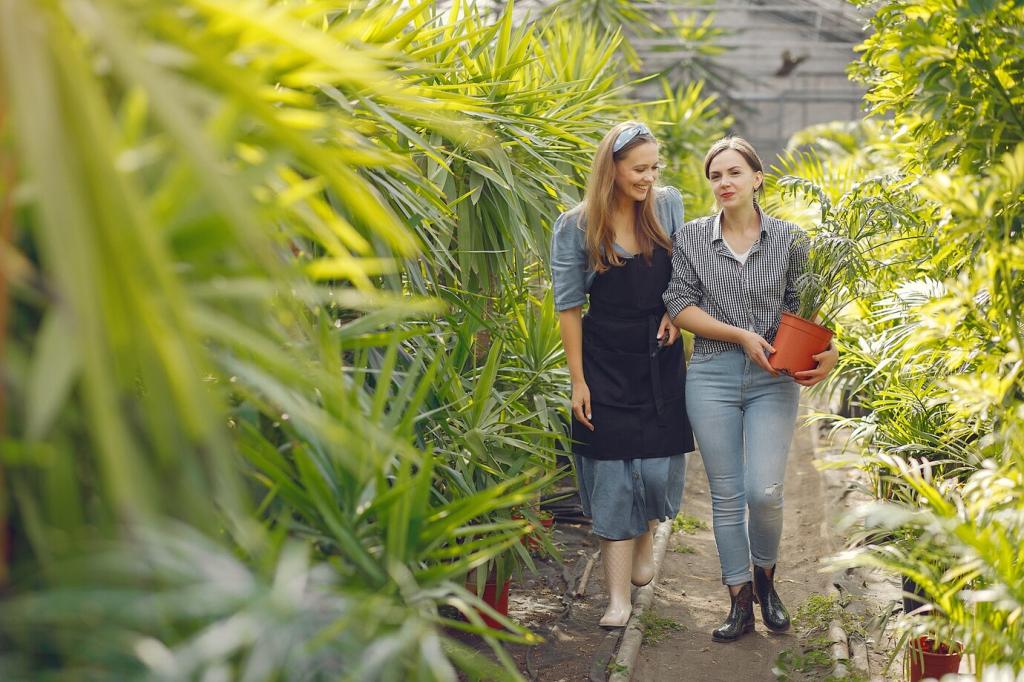The Science Behind Cleaner Air
Waxy cuticles, tiny hairs, and complex leaf surfaces trap fine particulates as air moves past the foliage. Regular rinsing from irrigation or gentle wiping removes the captured dust, restoring filtering capacity and keeping your vertical garden healthy and effective.
The Science Behind Cleaner Air
In living walls, microbes around roots metabolize volatile organic compounds, turning pollutants into less harmful byproducts. The effect is boosted when air is actively pulled through the substrate, transforming a decorative feature into a purposeful biofilter for indoor spaces.








